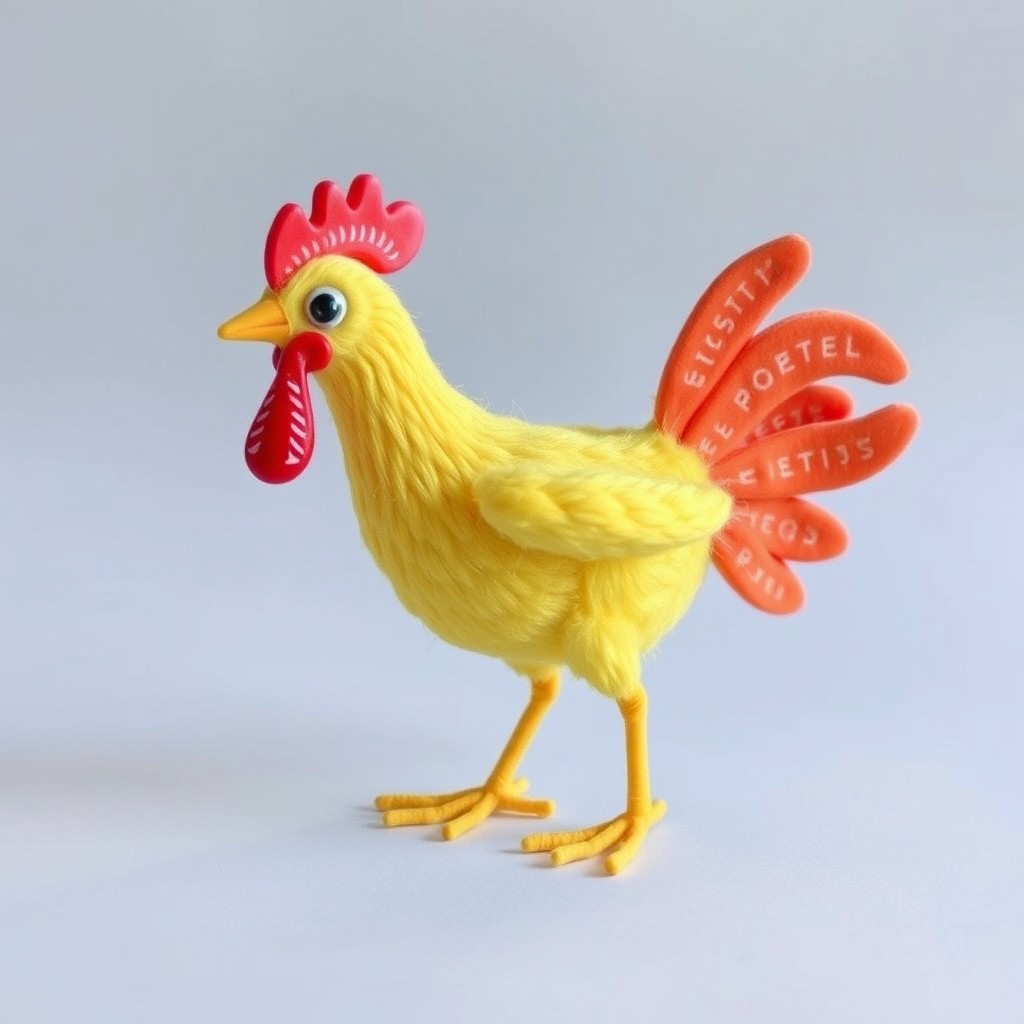A Short History of Wind-Up Wonder
From courtly automata to cheerful shelf pieces — discover how clockwork toys evolved, and where the yellow “jumping” chicken fits in the story.
Origins of mechanical play
Clockmakers & early automata
Renaissance clockmakers built spring-driven marvels for courts and salons. These were lessons in physics, wrapped in theater — small stages where cams, levers, and governors performed.
Industry takes the stage
With the Industrial Revolution came stamped parts, consistent gears, and accessible prices. Movement modules could be reused across animals and figures, turning craft into playful series.
Milestones
- • 15th–17th c.: Court automata and showpieces
- • 18th c.: Proto mass-production & cheap springs
- • 19th c.: Dedicated toy workshops & catalogs
- • Early 20th c.: Tinplate glory years
- • Mid-century: Plush + clockwork “character” toys
- • Late 20th c.: Electronics, then collector revival

1920s–1950s: playful engineering
Makers refined mainsprings, cam tracks, and governors for smoother, longer runs. Animal gaits — hops, pecks, waddles — became signature “animations.” Our yellow jumping chicken arrives from this lineage.
Craft and consistency
Hand assembly met die-stamped precision: plush shells over reliable mechanisms. The result? Toys tough enough for decades, charming enough for display.
Culture & learning
Hands-on STEM before STEM
Wind, release, observe: energy storage, gearing, damping — all in the palm of a hand. Clockwork toys taught cause-and-effect and care in handling long before workbooks did.
Everyday prosperity
Mid-century families prized durable, repairable objects. A good wind-up was both entertainment and an emblem of craft — a tiny machine that invited curiosity.
Why it mattered
- • Intuitive physics & patience
- • Respect for materials and build
- • Shared play across generations
- • Aesthetic of repair, not discard
Making the movement
Springs, cams, governors
Tempered steel stores energy; cam profiles choreograph the hop; a simple governor evens the tempo. Small tolerances make all the difference.
Materials that last
Tinplate, wool/viscose plush, lacquered finishes, and period fasteners. The chicken’s soft exterior hides a robust, serviceable heart.
Decline — and a joyful return
Electronic temptation
Sound and lights stole the spotlight mid-century. Many workshops closed, and clockwork knowledge thinned.
Collectors to the rescue
Today’s revival celebrates repairability, sustainability, and design history. Wind-ups are once again studied, conserved, and loved.
Modern relevance
- • Hands-on learning for kids
- • Low-waste, durable objects
- • Conservator-friendly construction
- • Provenance and cultural memory
Legacy & influence
Design echoes
Modern toys borrow from clockwork discipline: serviceable modules, tactile feedback, and motion that feels “engineered,” not random.
Keepers of knowledge
Museums, clubs, and guides (like ours) preserve repair techniques and identification cues for the next generation of caretakers.
Why preserve
- • Craft methods & tooling history
- • Authenticity benchmarks
- • Educational demonstrations
- • Family heritage & stories
- • Stable value when well-documented
Timeline at a glance
-
15th–17th c.Court automata
Showpieces demonstrate springs, cams, and spectacle.
-
18th–19th c.Industrial scaling
Stamped parts & standardized movements broaden access.
-
1920s–1950sGolden age
Animal gaits perfected; the “jumping” chicken takes flight.
-
1960s–1970sElectronics rise
Clockwork declines as lights and sound dominate.
-
1980s–TodayCollector revival
Conservation, knowledge-sharing, and careful play return.
Learn more about vintage toy history
Ask about specific makers, mechanisms, or periods — we’ll help with references and clear identification notes.
